Bryan Grill evolves in visual effects for over 20 years. After working for 14 years at Digital Domain starting as Flame operator to finish as a VFX supervisor, he oversaw such projects as THE GOLDEN COMPASS, PIRATES OF THE CARIBBEAN 3 or G.I. JOE. He joined the teams of Scanline VFX in 2010.
Scanline VFX has received the Outstanding Supporting Visual Effects in a feature motion picture presented by the Visual Effects Society for this movie!
What is your background?
I started in visual effects in 1986 as nighttime receptionist at The Post Group in Hollywood. No formal film school just on the job training on my own time learning to be a tape operator and then editor. I left The Post Group after 6 years to go work at Digital Magic in which I worked on STAR TREK GENERATIONS and DEEP SPACE NINE. I was than fortunate enough to gain employment at Digital Domain where I worked on my first film APOLLO 13 as a Flame compositor working my way up to visual effects supervisor when I left. After a very enjoyable 14 year career at DD I found my new home at the LA offices of Scanline.
How was your collaboration with Clint Eastwood?
Michael Owens a long time collaborator with Clint on over 7 movies was there to guide us through the creative process between him and Clint. Our team at Scanline worked very closely with Michael on achieving the desired look and feel of the visual effects to tell the story the way Clint wanted them to. Clint was very impressed with the work we were creating but not one to get into all the details of how it is done but collaborative none the less when it comes to what he wants to see.
What is the approach of Clint Eastwood about the visual effects?
Clint’s approach to visual effects is realism and a tool to tell the story of the film. Clint’s shooting style doesn’t change just because there are visual effects in the movie. The visual effects team must have a very robust plan of how to achieve the desired effect without overstating our presence while on set. He is aware when there is something crucial we need for any particular effect but likes to keep the film rolling in the cameras knowing he has the confidence in us to make it work in the end.
How did you recreated the tsunami?
By looking at as much reference material as possible was the first thing. Once we saw the horror and devastation of the what a tsunami could do we than had to art direct those moments to best fit the storytelling of the film. Once we knew what our environments were going to be we started the simulation of the waves speeding down the streets. From there we established the amount of destruction that was going to occur. Plotting out when the buildings would collapse or when people would get eaten up by the massive wave was essential to the storytelling.
Can you explain to us the creation of the shots where Cecile de France carried away by the wave? How did you shoot her?
Originally there was a tank shoot at Pinewood studios. They shot Cecile both under and on top of the water in a controlled environment. These dailies became extremely useful when post vising the actual shots. But because it was a controlled environment Clint felt as if the could use a little more urgency and helplessness. In search of additional dramatic opportunities, plates were shot of Marie and the little island girl struggling to survive in the open ocean water off of Lahaina. While the actors performances were a wonderful addition, the look and feel of the ocean water added a great deal of realism.
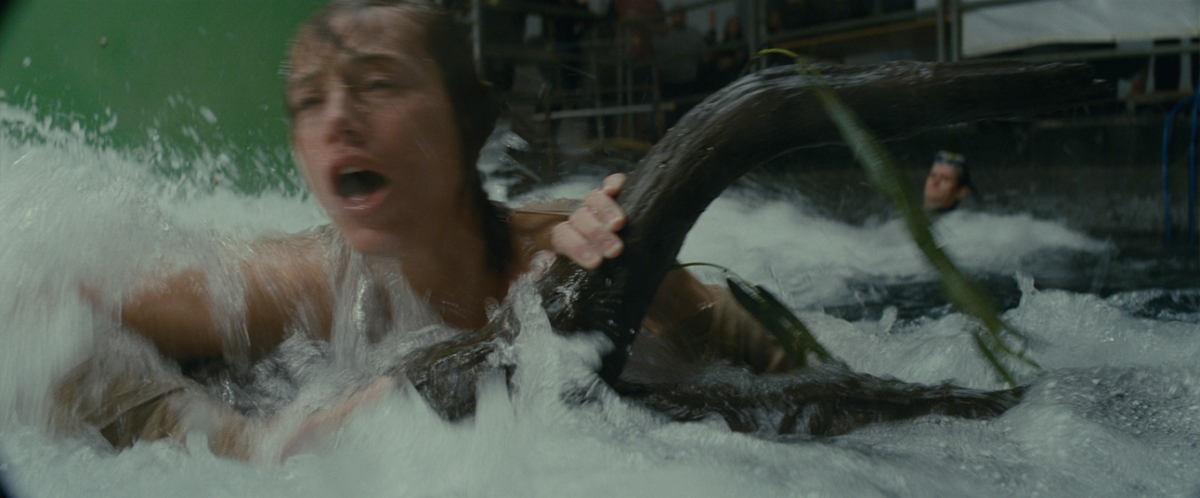 |
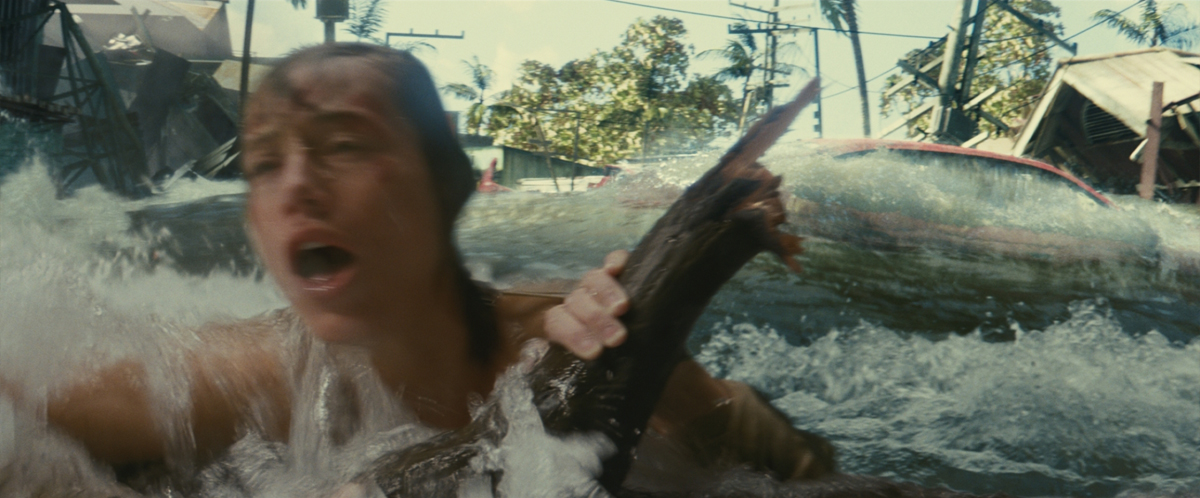 |
Tell us about how did you rebuilt the city and the wave passing through it and causing so much damages?
Comprehensive 3d LIDAR scans were taken of the principal photography location sets. With the help of our on set crew, we were able to get HDR photography for recreating the lighting for our CG environments. Over 50 separate buildings had to be photographed with bracketed textures to build not only the one block set we shot in, but also to build the rest of the mile long stretch of road that would ultimately need to be created for the sequence. For interaction between the CG environment and the wave, we ran rigid body dynamics simulations in conjunction with water simulation. We built buildings in CG much as a construction crew would build a physical structure: first erecting the skeletal understructure and then building out from there. By building it that way, the simulation would break the structure in the weaker areas when it was subjected to the pressure of the wave.
How did you create the shot in which Cecile de France is sinking into the water?
I think the shot you are talking about is when Marie is just coming from under the balcony and her foot gets stuck on a cart. As the cart starts to sink so does Marie with it and than we cut to her underwater struggling to untie her foot from the cart material. The full cg shot when she first starts to get sucked under was a combination of everything we had been doing for most of the work in the tsunami sequence. We mo caped and animated Marie trying to stay afloat. Once the cg water flow was bought off on we showed the animators water flow markers so that they could match her movement to the flows of the water correctly. Than it was additional work to add all the debris floating and interacting with and destroying buildings.
The following shot was a plate of Marie and the cart under water at the tank at Pinewood studios. We tracked the plate and rotoed her out. Than we did a full water simulation with all the debris and environment floating under the water. After integrating Marie back into water we added more bubbles and debris on top to completely immerse her under the flowing torrents of the tsunami wave. Than there was the shot of Marie sinking into the water after being hit by the car bumper. This was a full cg shot including full cg Marie. This shot ended up being a hybrid of motion capture and hand animation. The hair and cloth simulations were painstakingly iterated to match the surrounding live action underwater tank footage of Marie, which directly cut with the shot.
Have you used digital doubles?
Yes digital doubles played a very large roll in the film. All people caught up in the Tsunami water were motion captured digital doubles animated in Massive and Motion Builder. Capturing motions of people being swept away by a river of water proved challenging. Our motion capture shoot relied heavily on actor equipped with zero-gravity traveling wire rigs attached to a gyro waist rig enabling 360 degree movement. This enabled them to perform floating,swimming and thrashing movements of characters in rushing water.
About the sequences of the afterlife. What were your references and how did you created those shots?
Joe Farrell our compositing supervisor worked very closely with Michael on creating the look of the afterlife. There were lines in the script which outlined the perception from hundreds of life after death accounts so those parameters of a bright light feeling of weightlessness and being able to see a 360 degree view was the bases of the effect. We than started to find reference material to help plot out the length and visuals of the shots. Close Encounters Of The Third Kind became our visual inspiration. The end scene when the ship lands and we see all the people leaving the ship who had been abducted struck a cord. The bright light and changing silhouetted images gave a sense of the unknown without being to scary. A green screen shoot allowed Michael to art direct the amount and type of people were needed for the scene. Using the same type of technique of using a very bright 20k light back lighting everyone became the new base. Joe using nuke created an 3D environment and added some very traditional optical effects thus giving a very surreal and haunting moment in the film.
What other kind of effects have you made?
The Visual Effects requirements in the remainder of Hereafter covered a spectrum. The team recreated the 2005 London Underground bombing we also added tears and facial performance enhancements to increase the dramatic effect of the character Jason as well as a host of other Visual Effects techniques to bring Hereafter to a non-visual effects oriented dramatic film.
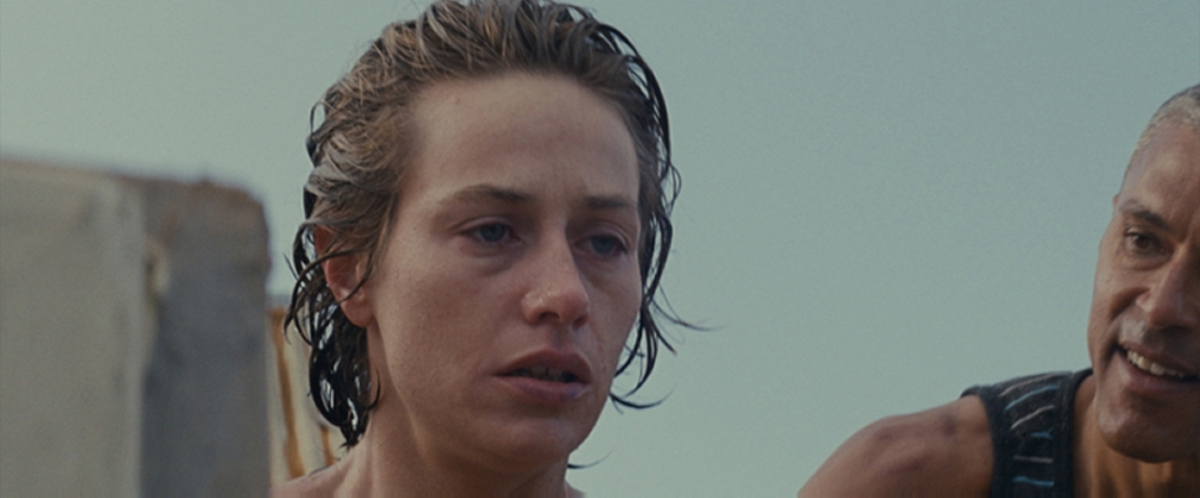 |
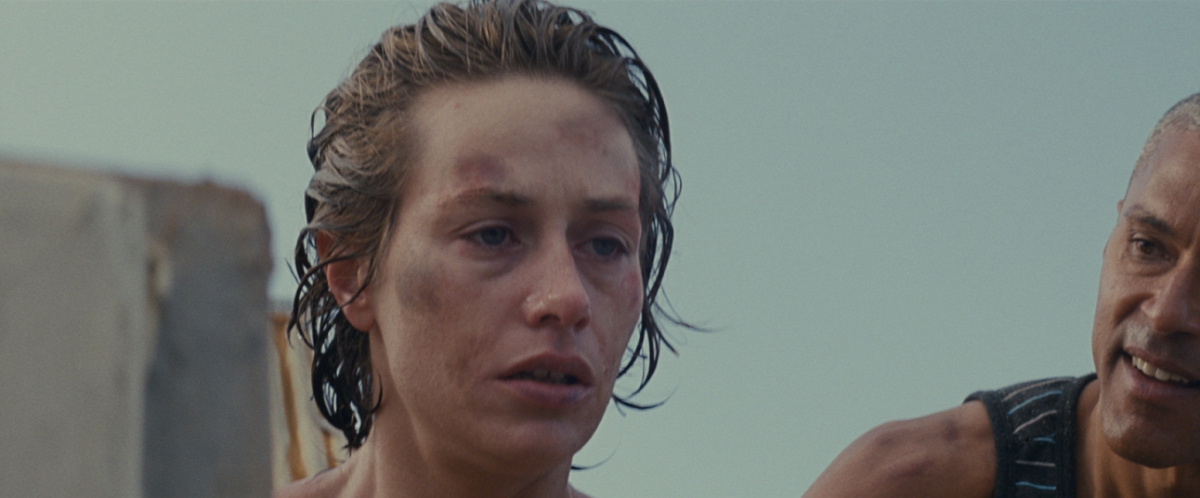 |
Is there a particular shot that prevented you from sleeping?
There were a few shots that kept me awake at night. The shot of Marie and the little girl being swallowed up from the oncoming wave in the middle of the marketplace. Also the first time the tsunami crashes onto shore overtaking and destroying the hotel pool area and lower level. Both of these shots had some minor art direction tweaks very close to the end of the production so it was a race to the finish to get all the elements to integrate and work with each other harmoniously.
What was the size of your team?
Our team size ramped up to between 50 – 60 people at its largest.
How long have you worked on this project and how many shots have you made?
The project was awarded to us in November of 2009 and we finished in August of 2010. We were the sole visual effects vendor on the film responsible for 169 shots 86 of those in the tsunami sequence.
What did you keep from this experience?
My experience on Hereafter continues today our team along with overall VFX supervisor Michael Owens are nominated for an Academy Award for best visual effects. So the whole experience of creating,finishing and than ultimately being recognized by your peers is something very very special to me.
What is your next project?
Scanline is happy to be working on Tarsem Singh’s IMMORTALS. And I will be supervising a few sequences on New Line’s JOURNEY 2: MYSTERIOUS ISLAND.
What are the 4 movies that gave you the passion of cinema?
THE WIZARD OF OZ, JAWS, THE GODFATHER and THE FIFTH ELEMENT.
A big thanks for your time.
// WANT TO KNOW MORE ?
– Scanline VFX: Dedicated HEREAFTER page on Scanline VFX website.
– fxguide: Article about HEREAFTER on fxguide.
// HEREAFTER – SCANLINE VFX – VFX BREAKDOWN
© Vincent Frei – The Art of VFX – 2011


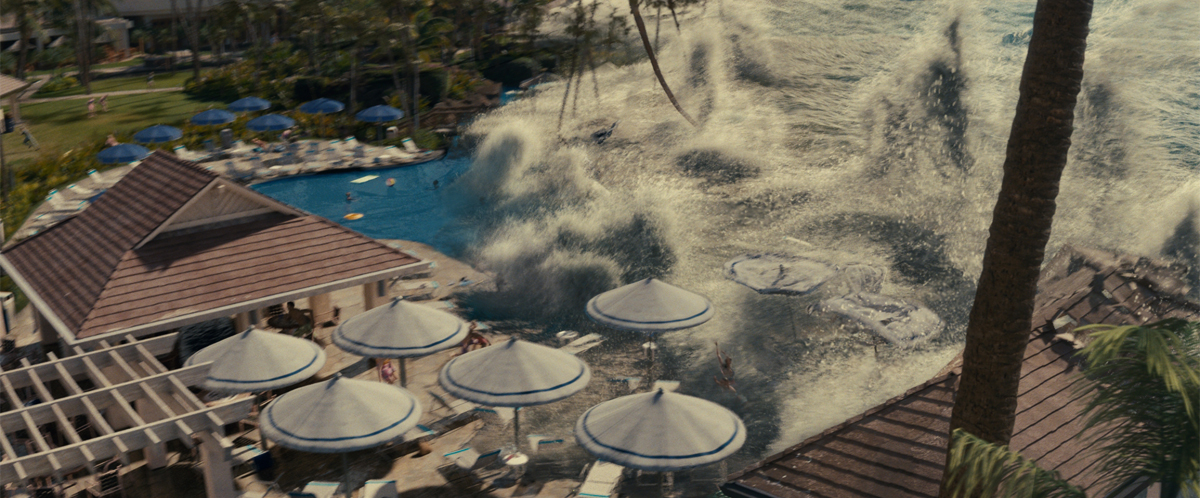




beautiful vfx work, and among the awesome work, some of them are amazing,
hats off. vfx team.
amazing work. Like it realy!